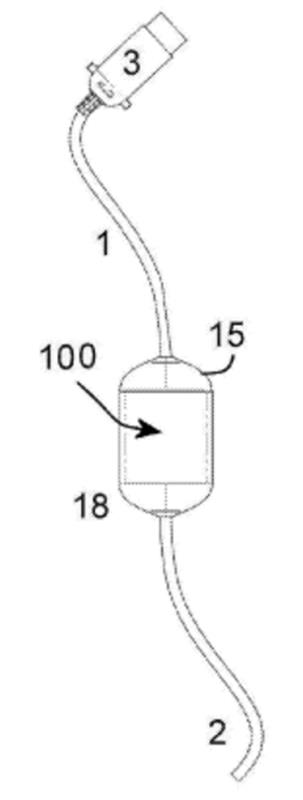For most applicants, obtaining a granted patent is a positive outcome. Once secured, they may wish to enforce their new intellectual property right over any competitors who have similar products.
However, not all patents are equal when it comes to asserting their rights. The monopoly provided by a patent is determined by the scope of its claims. Generally, the features recited in ‘claim 1’ identify the scope of protection provided by the patent. Some patents may offer a broader scope of protection to an owner’s invention than others.
A patent with a broader scope of protection will potentially cover a wider variety of products. However, a broader scope of protection could also increase the likelihood of finding earlier public disclosures, which could show that the alleged invention is not new or is obvious. This would lead to the patent being invalid. By comparison, a patent with a narrower scope will cover fewer products but is likely to be safer if the validity of the patent is tested.
On 21 November 2018 the UK Intellectual Property Office (IPO) granted patent GB 2552333. This patent relates to an electrical connection assembly, featuring a device used to connect a trailer to a towing vehicle. A figure from the patent shows a connecting block, bringing together two cables, one of which has a plug.
The scope of the patent is set out in claim 1 of the patent:
 1. An electrical connection assembly comprising: a first electrical cable from an electrical source with a first electrical terminal at a first end; a second electrical cable with a second electrical terminal at a first end and a moulded plug configured for connection with a socket connected to a second end; and a connection block which in use encloses and connects the first and second terminal within the connection block. 1. An electrical connection assembly comprising: a first electrical cable from an electrical source with a first electrical terminal at a first end; a second electrical cable with a second electrical terminal at a first end and a moulded plug configured for connection with a socket connected to a second end; and a connection block which in use encloses and connects the first and second terminal within the connection block. |
In one way, the patent owner may be pleased that they appear to have secured a granted patent with a broad scope of protection – it seems to cover almost any connection between two electrical cables. However, this could mean that the patent is more likely to be found to be invalid in view of earlier public disclosures.
When reviewing granted patents, the scope of protection being claimed should ideally be considered from different perspectives. It is important to consider the patent’s validity carefully as well as considering whether it covers any potentially infringing products. It is also worth bearing in mind that threatening another party with an invalid patent is illegal and can lead to damages being awarded against the threatening party.
From the competitor’s viewpoint, it is important to remember that a granted patent is not set in stone. It is possible to write to the UKIPO to request a validity opinion on the patent and to supply pertinent previously published documents. This information may be used to revoke the granted patent. Alternatively, if a professional opinion is sought, the competitor could use this to negotiate a favourable licence.
As this ‘patent of the month’ demonstrates, the robustness of a patent should be considered irrespective of whether you are a patentee or competitor, and it is important that granted patents provide the right scope of protection to help realise an invention’s commercial potential.





